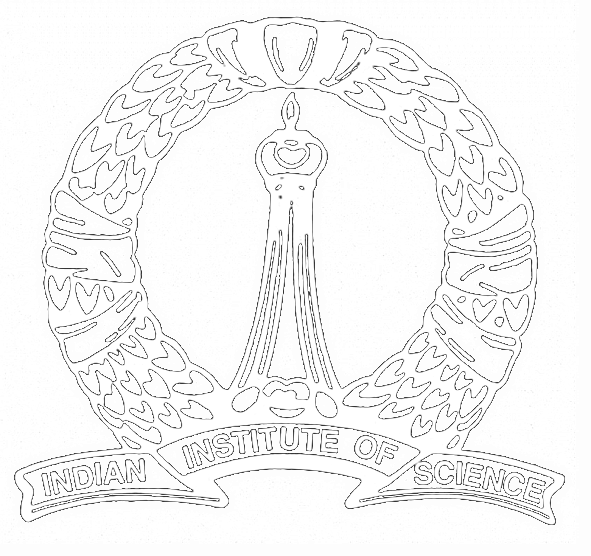PhD Thesis colloquium
Title: The Momentum Construction Method for Higher Extremal Kähler and Conical Higher cscK Metrics
Speaker: Rajas Sandeep Sompurkar (IISc Mathematics)
Date: 07 June 2024
Time: 3 pm
Venue: LH-1, Mathematics Department
This Ph.D. thesis consists of two parts. In both the parts we study two new notions of canonical Kahler metrics introduced by Pingali viz. ‘higher extremal Kahler metric’ and ‘higher constant scalar curvature Kahler (higher cscK) metric’ both of whose definitions are analogous to the definitions of extremal Kahler metric and constant scalar curvature Kähler (cscK) metric respectively. On a compact Kahler manifold a higher extremal Kähler metric is a Kahler metric whose corresponding top Chern form equals its corresponding volume form multiplied by a smooth real-valued function whose gradient is a holomorphic vector field, while a higher cscK metric is a Kahler metric whose top Chern form is a real constant multiple of its volume form or equivalently whose top Chern form is harmonic. In both the parts we consider a special family of minimal ruled complex surfaces called as ‘pseudo-Hirzebruch surfaces’ which are the projective completions of holomorphic line bundles of non-zero degrees over compact Riemann surfaces of genera greater than or equal to two. These surfaces have got some nice symmetries in terms of their fibres and the zero and infinity divisors which enable the use of the momentum construction method of Hwang-Singer (a refinement of the Calabi ansatz procedure) for finding explicit examples of various kinds of canonical metrics on them.
In the first part of this Ph.D. thesis we will prove by using the momentum construction method that on a pseudo-Hirzebruch surface every Kahler class admits a higher extremal Kahler metric which is not a higher cscK metric. The construction of the required metric boils down to solving an ODE depending on a parameter on a closed and bounded interval with some boundary conditions, but the ODE is not directly integrable and requires a very delicate analysis for getting the existence of a solution satisfying all the boundary conditions. Then by doing a certain set of computations involving the top Bando-Futaki invariant we will finally conclude from this that higher cscK metrics (momentum-constructed or otherwise) do not exist in any Kahler class on this Kahler surface. We will briefly see the analogy of this problem with the related problem of constructing extremal Kähler metrics which are not cscK metrics on a pseudo-Hirzebruch surface which has been previously studied by Tønnesen-Friedman and Apostolov et al..
In the second part of this Ph.D. thesis we will see that if we relax the smoothness condition on our metrics a bit and allow our metrics to develop ‘conical singularities’ along at least one of the zero and infinity divisors of a pseudo-Hirzebruch surface then we do get ‘conical higher cscK metrics’ in each Kahler class of the Kahler surface by the momentum construction method. Even in this case the construction of the required metric boils down to solving a very similar ODE on the same interval but with different parameters and slightly different boundary conditions. We will show that our constructed metrics are conical Kahler metrics satisfying the strongest condition for conical metrics viz. the ‘polyhomogeneous condition’ of Jeffres-Mazzeo-Rubinstein, and we will interpret the conical higher cscK equation globally on the surface in terms of currents by using Bedford-Taylor theory. We will then employ the top ‘log Bando-Futaki invariant’ to obtain the linear relationship between the cone angles of the conical singularities of the metrics at the zero and infinity divisors of the surface.
- All seminars.
- Seminars for 2024
